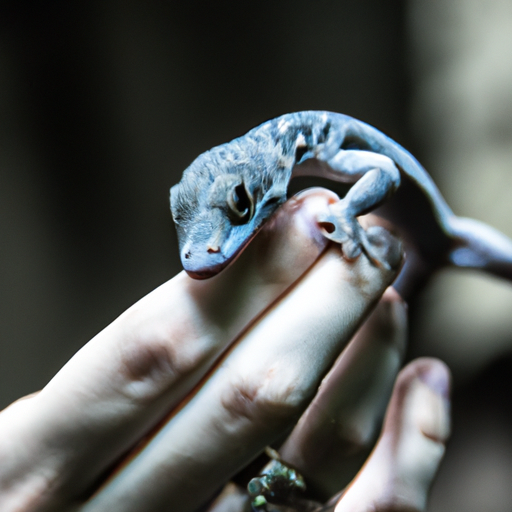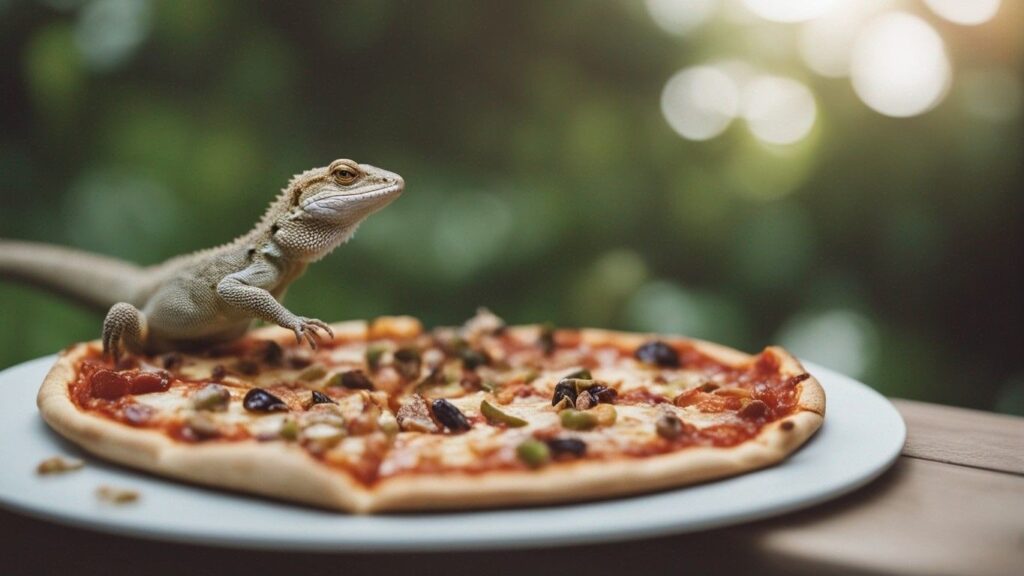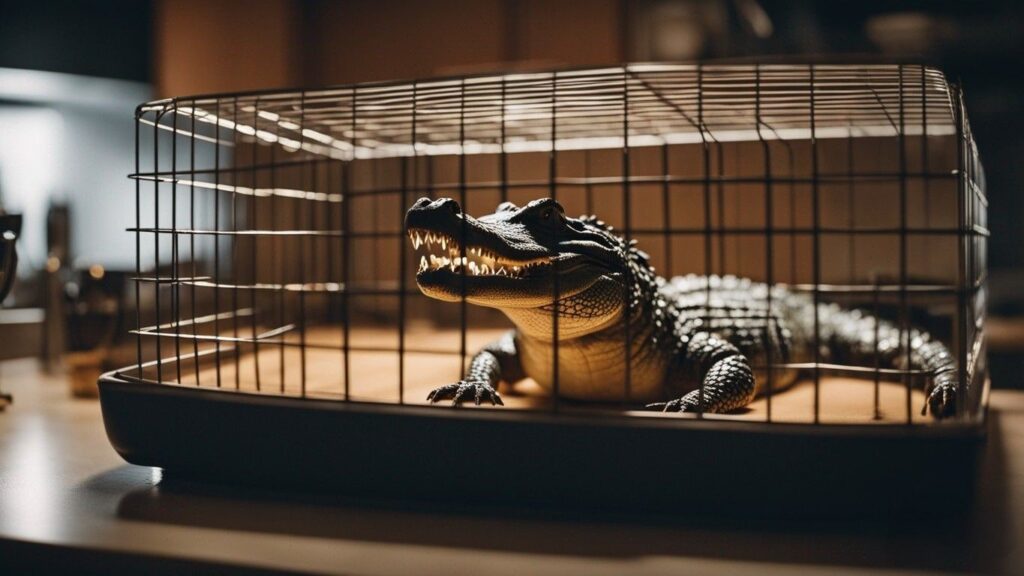Curious about whether lizards enjoy the sensation of being pet? This article investigates the age-old question: “Do lizards like being pet?”
From scaly creatures basking in the sun to slithering companions tightly grasping your finger, lizard owners have wondered if their cold-blooded friends actually enjoy this interaction.
With a captivating mix of scientific research and lizard enthusiast anecdotes, this article uncovers the truth behind these elusive reptilian preferences.
Discover surprising insights into the mysterious world of lizard affection and unravel the mysteries of their seemingly unfeeling exterior.
Do Lizards Like Being Pet
Have you ever wondered if lizards enjoy being petted? As a reptile owner, it’s natural to want to bond with your scaly friend, but understanding their behavior and preferences is crucial for a healthy and happy relationship.
In this article, we will dive into the world of lizard behavior, exploring whether they enjoy being handled, the different factors that influence their reactions, and how to build trust with your reptilian companion. So, let’s start exploring the fascinating world of lizard petting!
Understanding Lizard Behavior
Lizard behavior varies among species, making it important to understand your specific lizard’s traits and tendencies. While some lizards might tolerate being handled more than others, it’s essential to recognize that most lizards are not naturally inclined to enjoy physical contact. As cold-blooded creatures, lizards primarily rely on their environment to regulate their body temperature. Being touched or handled can disrupt this delicate balance and potentially cause stress or discomfort for your scaly friend.

Exploring Handling and Touching
When it comes to handling and touching lizards, it’s crucial to exercise caution and approach your pet with care. Begin by familiarizing your lizard with your presence and the feeling of being touched gradually. Start by offering them food from your hand, allowing them to associate your touch with something positive. Once they become more comfortable, you can slowly introduce gentle touches on less sensitive areas of their body, such as their back or tail.
Responses to Touching
Each lizard will react differently to touching, and it’s important to pay attention to their response signals. While some lizards might tolerate or even enjoy light petting, others may display signs of stress or discomfort. Common indications of discomfort include hissing, tail thrashing, puffing up their body, or attempting to flee. If your lizard exhibits any of these signs, it’s vital to respect their boundaries and refrain from further physical contact.

Factors That Influence Lizard Reactions
Several factors can influence a lizard’s reaction to being petted. These factors include their species, age, past experiences, and individual personality traits. Some lizards, like the bearded dragon, tend to be more tolerant of handling and may enjoy gentle touches. On the other hand, species like the leopard gecko are generally more shy and less inclined to enjoy human touch. Additionally, lizards that have been previously mistreated or mishandled may be more wary of physical contact.
Different Lizard Species and Personality Traits
Understanding the personality traits and natural tendencies of different lizard species can give you valuable insights into their preferences for physical contact. For example, green anoles are known for their skittish nature and are less likely to enjoy being touched. On the other hand, tegus are more social and can develop a bond with their owners, potentially enjoying gentle strokes or scratches. Researching your specific lizard’s species and characteristics can greatly enhance your understanding of their behavior.
Interpreting Body Language
Since lizards cannot communicate with us verbally, it is essential to pay attention to their body language to gauge their comfort levels. Observable signs of contentment can include relaxed body posture, a steady breathing rhythm, and remaining still while being touched. Conversely, signs of stress or discomfort may include rapid breathing, tensed body, attempting to flee, or even biting. By closely observing your lizard’s body language, you can better understand their preferences and provide a positive interaction for both of you.
Creating a Comfortable Environment
To build a positive foundation for physical interaction, it is crucial to provide a comfortable environment for your lizard. This includes ensuring their enclosure is appropriately sized, offering hiding spots, and maintaining proper temperature gradients. Providing an enriched habitat with adequate UVB lighting and a varied diet will also contribute to your lizard’s overall well-being. A healthy and stress-free lizard is more likely to be receptive to physical contact and enjoy their interactions with you.
Building Trust with Your Lizard
Building trust is a critical aspect of developing a positive relationship with your lizard. Begin by establishing consistent routines, such as feeding and cleaning, as this will help your lizard understand and anticipate your actions. Avoid sudden or jerky movements when approaching your lizard, as this can create fear or stress. Spend time near their enclosure, talking to them in a calm and soothing voice. By consistently demonstrating reliability and gentle interaction, your lizard will gradually learn to trust you, making the potential for enjoyable physical contact more likely.
Tips for Petting Your Lizard
When the time comes to attempt physical contact with your lizard, it is important to follow these guidelines for a safe and positive experience:
- Start with short sessions: Begin with brief petting sessions, gradually increasing their duration over time. This will allow your lizard to adjust and feel more comfortable.
- Focus on less sensitive areas: Avoid touching sensitive areas such as the head, tail, or limbs initially. Instead, focus on gently petting their back or the base of their tail.
- Use gentle strokes: Utilize slow and gentle strokes, mimicking a lizard’s natural movement. Avoid applying too much pressure or gripping too tightly, as this can cause distress.
- Read their body language: Continuously observe and interpret your lizard’s body language during the session. If they show signs of stress or discomfort, stop the physical contact and give them space.
- End on a positive note: Conclude each petting session with a treat or rewarding experience for your lizard. This will reinforce positive associations with physical contact and increase the likelihood of repeated successful interactions in the future.
Alternative Ways to Bond with Your Lizard
If your lizard does not enjoy being petted or handled, there are alternative ways to bond and interact with them. Spend time observing their natural behaviors in their enclosure, such as climbing, basking, or hunting. You can also offer them enrichment activities, such as introducing puzzle toys or providing opportunities for mental stimulation. By engaging with your lizard in activities they enjoy, you can still form a strong bond and deepen your relationship, even without physical touch.
Final Thoughts
While lizards may not naturally seek out physical contact and have varying preferences when it comes to being petted, it is still possible to forge a meaningful bond with your scaly companion.
By understanding your lizard’s species, personality traits, and individual preferences, as well as practicing patience and respect, you can create a positive and enriching environment for both you and your lizard.
Remember, the most important aspect of any interaction is the well-being and comfort of your pet. So, enjoy the unique and captivating world of lizards, whether it involves gentle touches or alternative bonding experiences!




